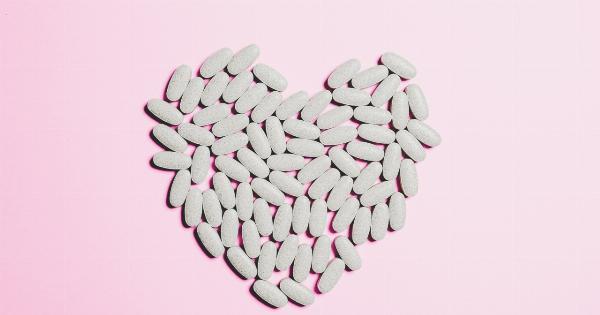Antibiotic resistance is one of the biggest health challenges of this century. According to the World Health Organization (WHO), it is a global health crisis that is already causing 700,000 deaths every year.
One of the factors believed to contribute to antibiotic resistance is the lack of fiber in our diets. Therefore, planning fiber-rich meals can be an effective way to combat the issue. This article will highlight the importance of fiber in our diets and provide some planning strategies to increase its consumption.
What is Antibiotic Resistance?
Antibiotic resistance happens when bacteria develop the ability to resist the drugs designed to kill them.
As a result, infections become harder to treat, and patients require longer hospital stays, more expensive medications, and a higher risk of death. The overuse and misuse of antibiotics are two of the main reasons behind the emergence of antibiotic-resistant bacteria.
When we take antibiotics when we don’t need them, or we fail to complete the recommended dosage, some bacteria may survive and develop resistance to the medication. Eventually, these resistant bacteria can spread to others.
The Role of Fiber in Antibiotic Resistance
Fiber is a crucial component of a healthy diet. It helps to regulate digestion, lower cholesterol levels, and control blood sugar. However, it is less well-known that fiber can also play a significant role in protecting us against antibiotic resistance.
A study published in the journal Cell Host & Microbe found that a diet rich in fiber can help to reduce the risk of antibiotic-resistant infections. The researchers fed mice two different diets: one high in fiber and one low in fiber.
After two weeks, they gave both groups a high dose of antibiotics. The mice that had been on the high-fiber diet had a higher level of beneficial gut bacteria, which made it harder for harmful bacteria to grow and develop resistance to the antibiotics.
The reason why fiber is so effective is that it acts as a prebiotic, which means it provides food for the good bacteria in our gut.
When we have enough fiber in our diets, our gut microbiome is more diverse and healthier, making us more resistant to infections.
Planning Fiber-Rich Meals
The recommended daily intake of fiber is 25 grams per day for women and 38 grams per day for men. Unfortunately, most people fall short of this amount, often consuming less than half of the recommended intake.
To increase our fiber intake, we need to plan fiber-rich meals that are easy and enjoyable to prepare.
Start Your Day with Fiber
A fiber-rich breakfast will help you feel full and satisfied throughout the day. Here are some ideas:.
- Oatmeal with berries and nuts
- Whole-grain toast with avocado and egg
- Smoothie with spinach, berries, and flaxseed
- Quinoa breakfast bowl with fruit and yogurt
Include Fiber in Your Snacks
Fiber-rich snacks will help you avoid unhealthy options and keep your energy levels up between meals. Here are some ideas:.
- Carrots and hummus
- Apple slices with almond butter
- Nuts and seeds
- Greek yogurt with berries
Add Fiber to Your Main Meals
Here are some ideas to add fiber to your main meals:.
- Swap white rice for brown rice or quinoa
- Use whole-grain bread for sandwiches
- Add beans, lentils, or chickpeas to your salads and soups
- Make your own sauces and dressings instead of buying pre-made ones
The Bottom Line
The fight against antibiotic resistance is a complex issue that requires a multifaceted approach. We need to reduce the unnecessary use of antibiotics, develop new antibiotics, and focus on preventive measures such as vaccination.
However, a simple yet effective way to contribute to the fight against antibiotic resistance is by planning meals that are rich in fiber. By doing so, we can help our gut microbiome stay healthy and diverse, making us more resistant to infections.






























